
Locke am Platz combines Riviera style with modernism
LUX visits a surprising and refreshing new addition to the Zurich hotel and dining scene
We have always found Zürich one of the more positively surprising cities in Europe to visit. It has a reputation as a serious, bank-ish type of place, but it is also an ancient middle European city with a quite gorgeous old town, situated on a huge lake surrounded by forests and mountains.

The hotel is minutes from the city centre, with the boutiques of the Bahnhofstrasse and the lake in easy reach
Attractive enough, but even more interesting is, if not quite a subculture, then a contemporary art and design culture that counteracts the old-fashioned chic image that the city has.
And so it was very refreshing to check into the Locke, which is situated on a pretty square just outside the town centre, a 10 minute walk to the banks and shops of the Bahnhofstrasse. No formal suited doorman glaring it to you as you come in here in your jeans and T-shirt (if that is how you choose to dress). Instead, a jeans and T-shirt wearing receptionist with a friendly smile against a soundtrack of (when I arrived) The Clash. Refreshing.
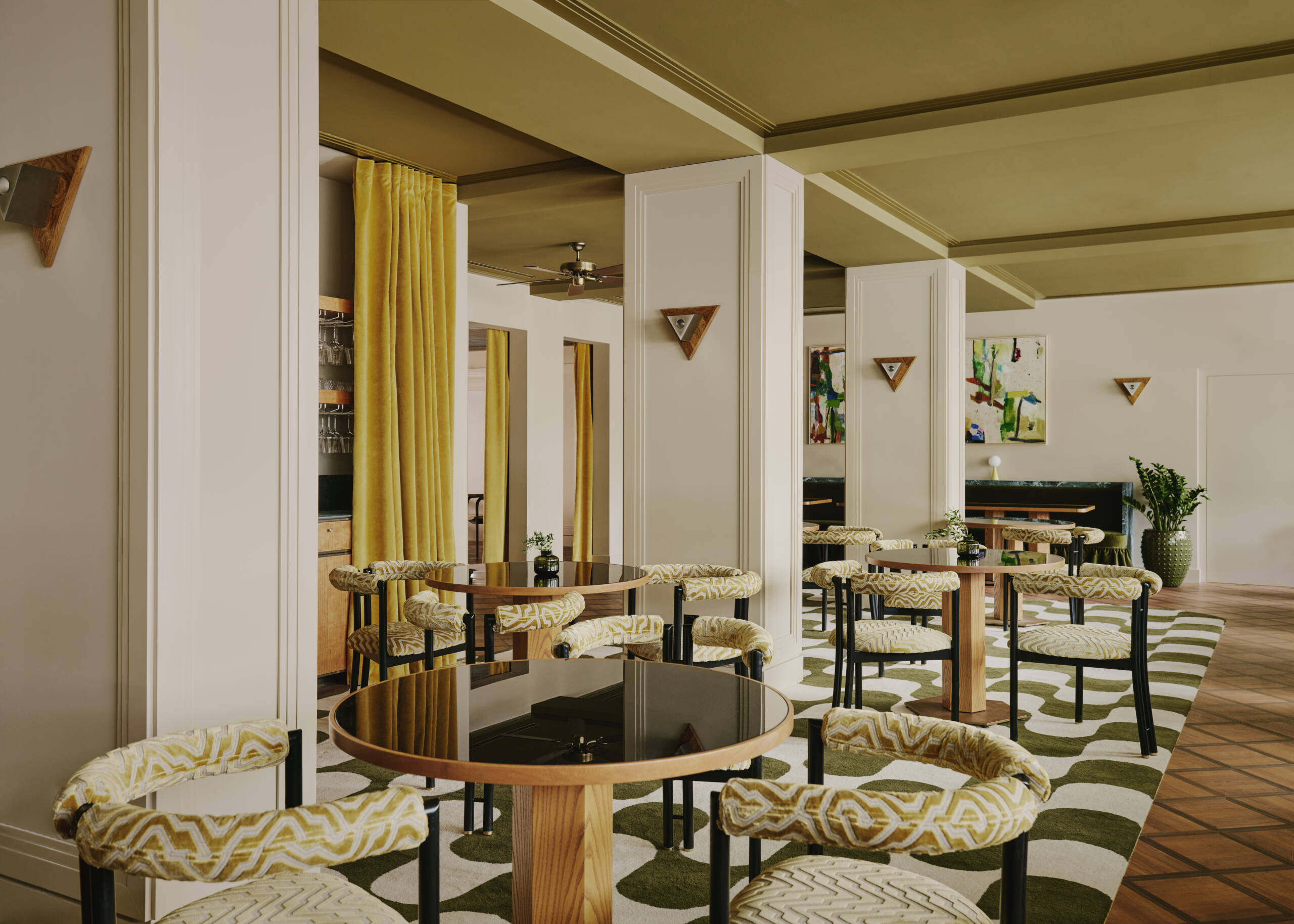
The restaurant Choupette, downstairs in the hotel, is shaped and inspired by traditional brasserie cuisine, head chef Jaco Redelinghuys creates modern dishes with a twist. to a cool soundtrack
The check process was both efficiently Swiss and jolly in a contemporary way and soon we were in our top floor suite, all 20th century modern in design with a little kitchenette and a balcony terrace with tables and chairs looking out over the rest of this residential area – perfect for making you feel like a local, rather than someone on a business trip.
Follow LUX on Instagram: @luxthemagazine
The Locke has made waves with its restaurant/bar Choupette on the ground floor, so we soon descended and were whisked to a into a vibey space which was pleasingly contemporary in its simplicity.
Just as impressive as the well sourced and well executed food was the wine list, which has been imaginatively and intelligently curated away from the good but repetitive classics you can expect in a solid European four star hotel, and over instead to something little more fun.

Time travellers from the 1970s and 80s would feel right at home with the decor
We particularly enjoyed a refreshing and bright alternative to rosé champagne from the deep Rhine Valley in eastern Switzerland which produces some excellent hard to get wines.
Read more: Hotel review Grace Hotel St. Moritz
Bravo for this curation, and also the curation of music, as the positive creativity found at Reception continued in the restaurant with tunes from the likes of Joy Division, Aztec Camera and others keeping us company during dinner.
Our room was quiet and went well insulated from light, and altogether it’s a place we would return to business trip – and, if we came on a Friday night, for an impromptu party at Choupette.
Find out more: www.lockeliving.com






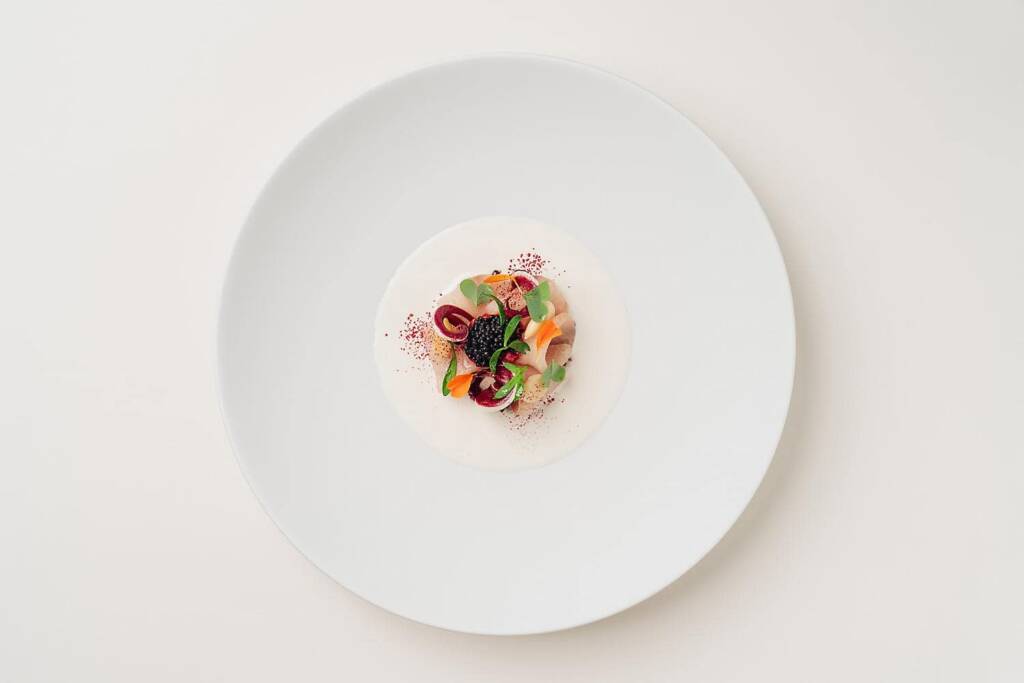



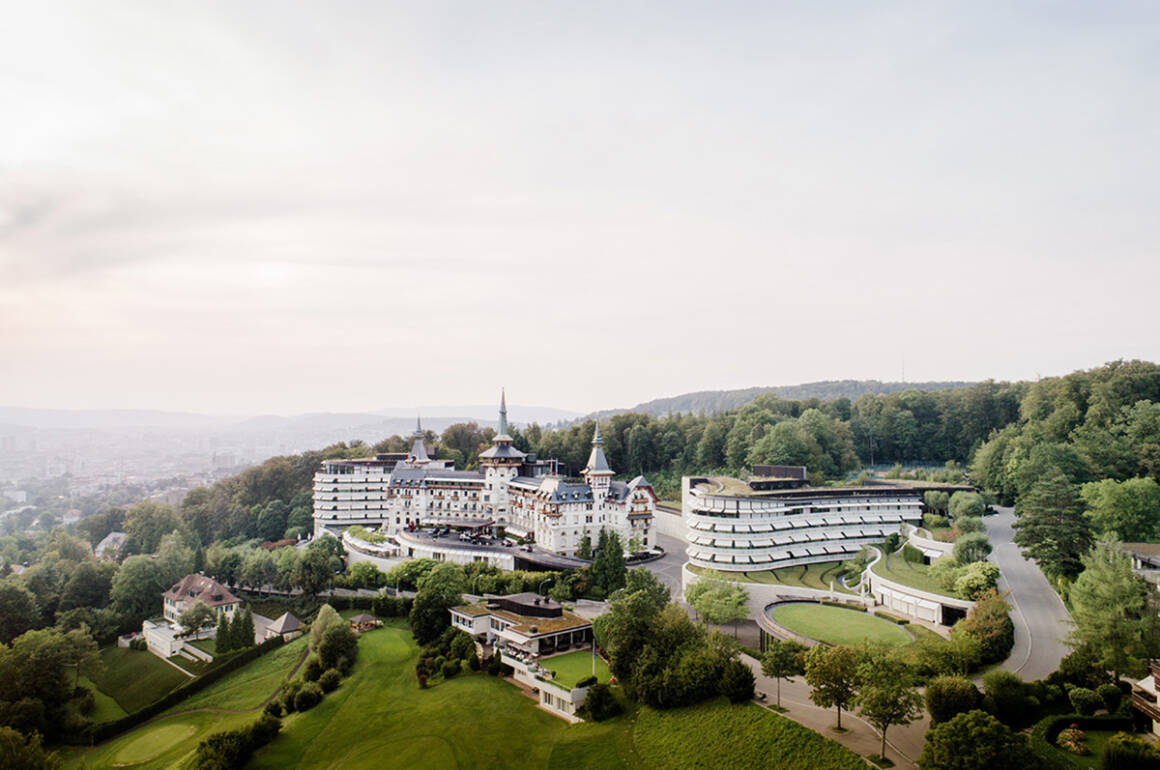

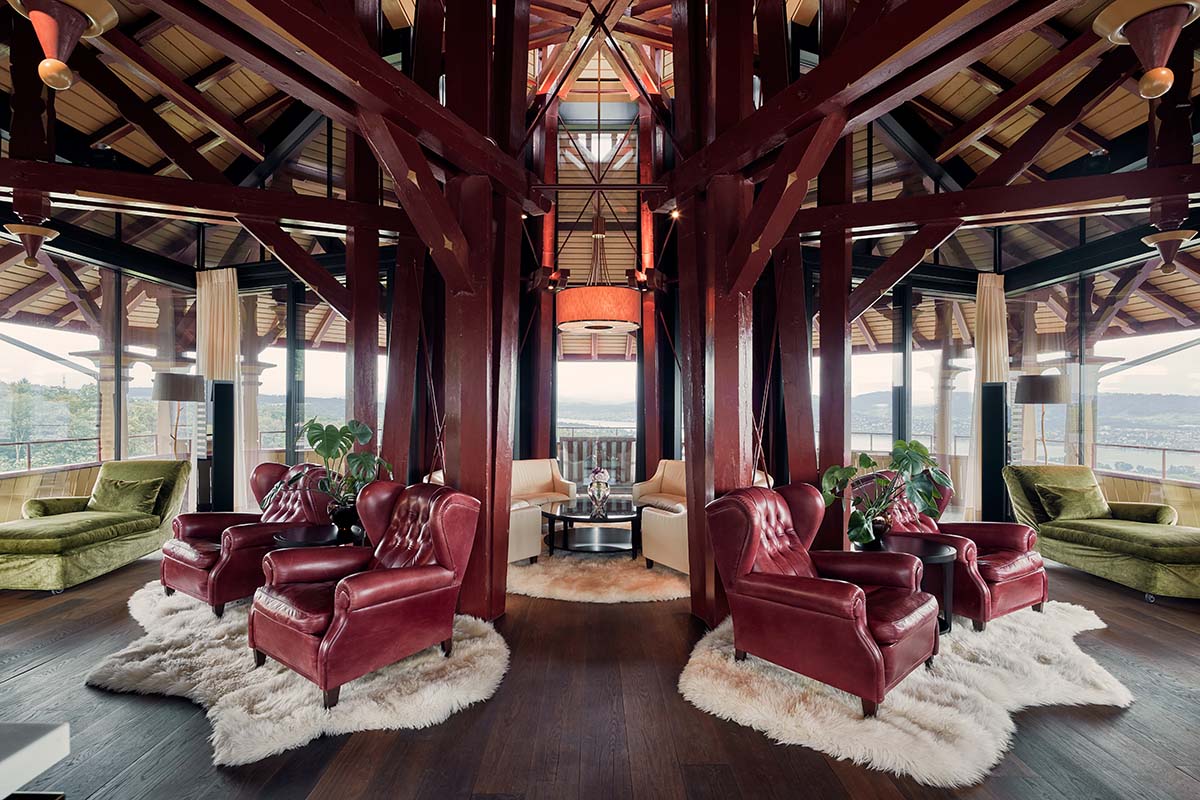


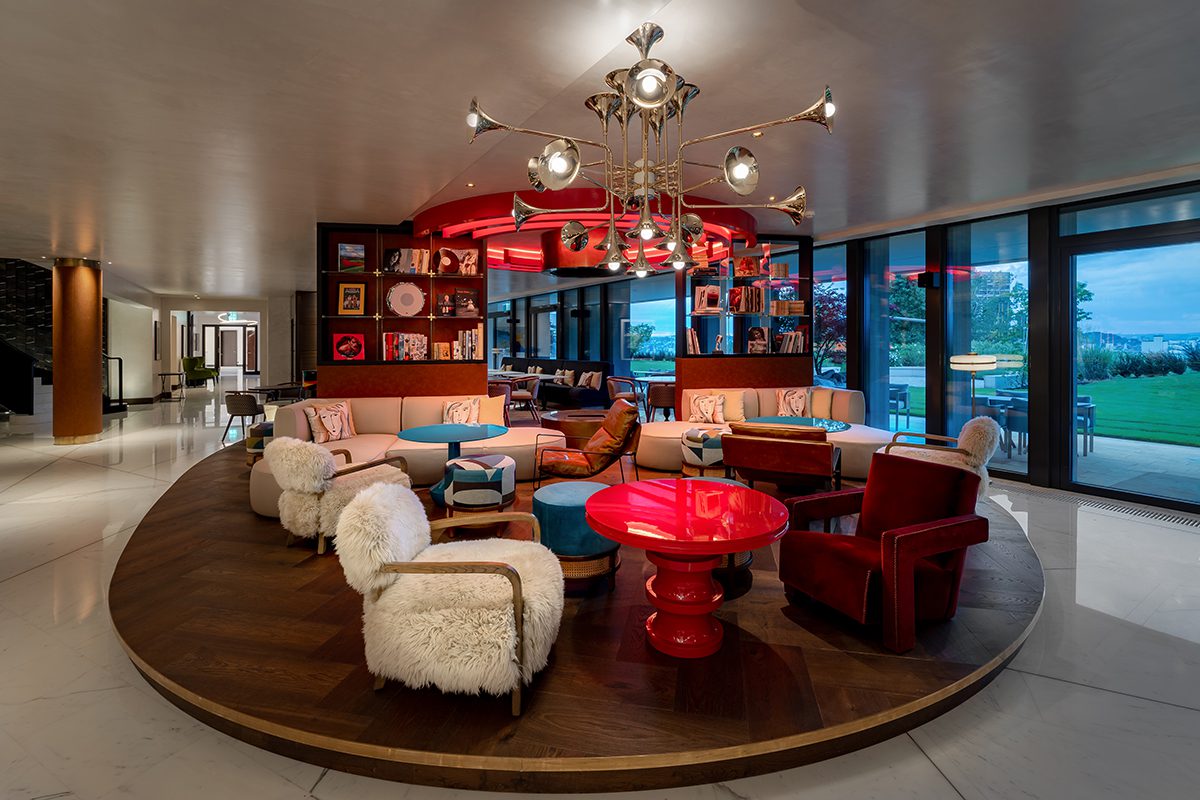


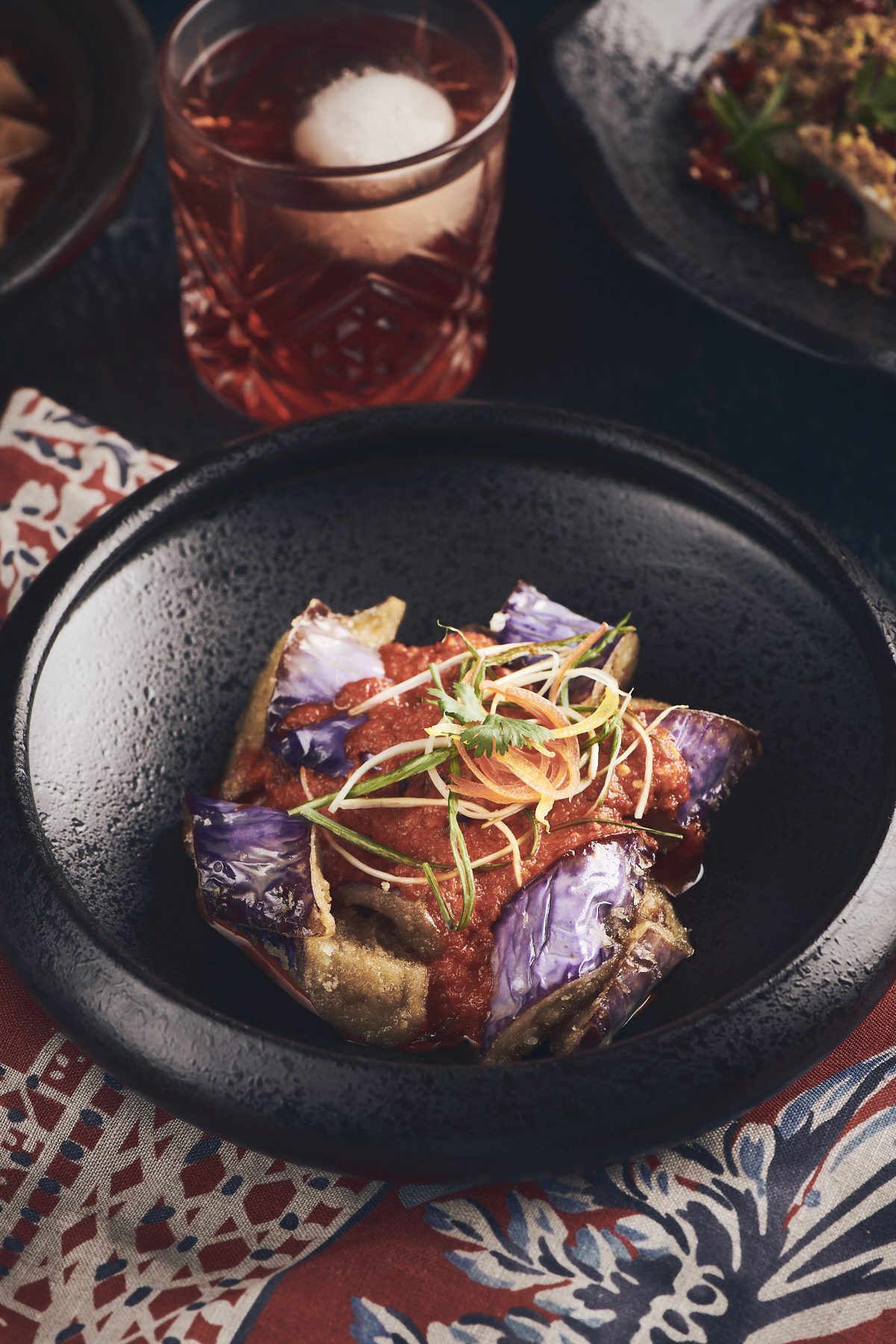





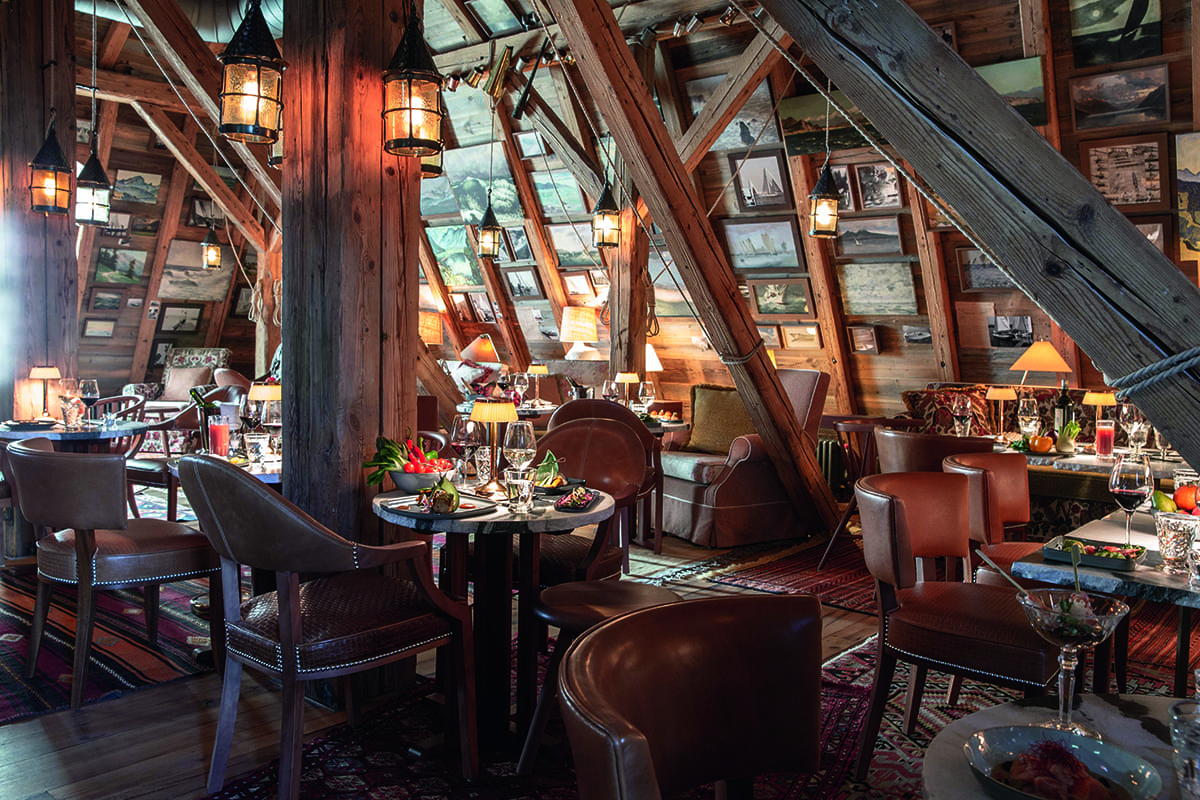
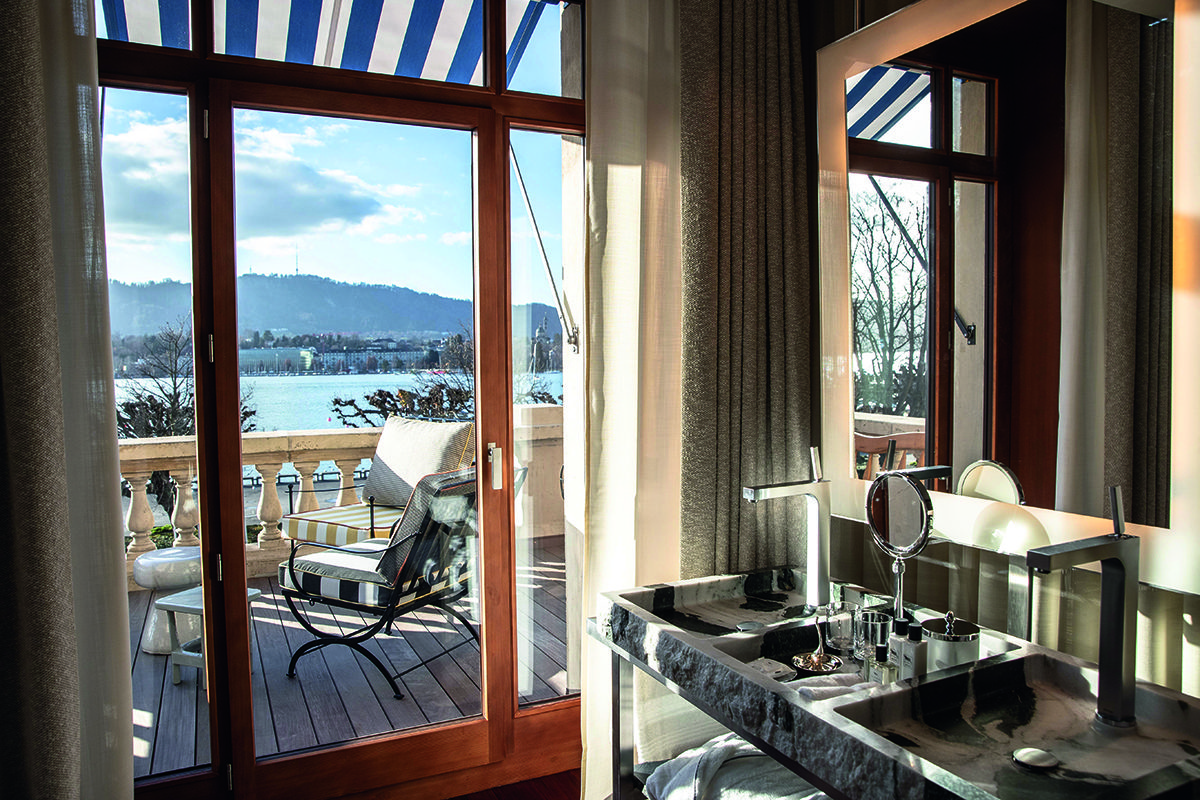

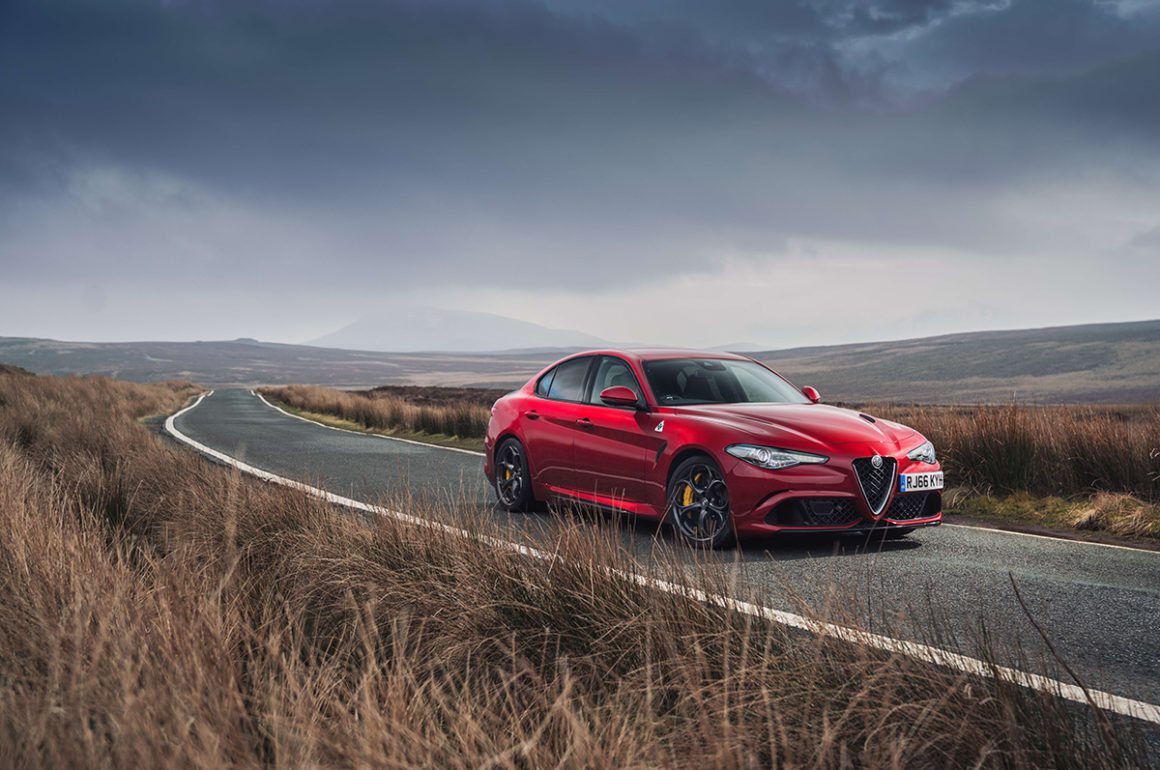














Recent Comments